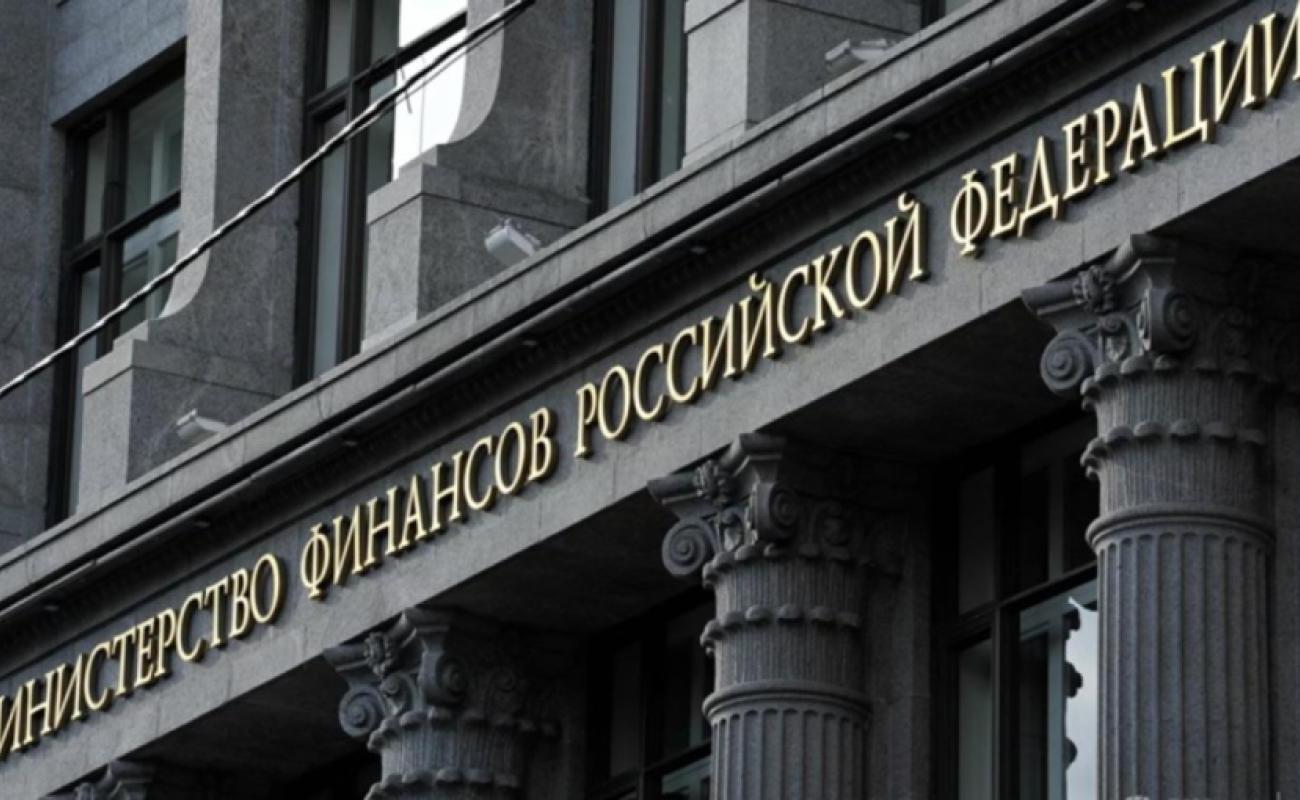RIDDLE: Reading Russia’s war budget

Since the start of Russia’s full-scale invasion of Ukraine, the Russian federal budget has received much more attention than in the past. For good reason: The budget can reveal a lot about the financial health and resilience of Vladimir Putin’s regime. It represents the flow of economic resources that is under the formal, centralised control of the state.
When tax revenues are booming, as they did in the early months of the war, the federal budget can be used to cushion sanctions effects, pay for ramping up arms production or to keep key elites happy. But when the revenue streams dry up, then a sickly budget can also become a real constraint for the regime. Despite being an autocrat, Putin cannot simply expropriate all savings or increase debt without limit (although both are happening to some degree). The risk of a major fallout becomes too great, even in a time of war.
Because of the political significance of the budget, the reliability of publicly available data is often questioned. Compared to other autocracies, it may seem strange that Russia’s finance ministry is still publishing a lot of statistics. As of April 2023, it is still possible to get a relatively detailed and up-to-date picture of spending and revenues. Why is the Russian finance ministry not classifying all data? And how can we know whether the published numbers are made up?
There are several explanations that make Russia’s remaining data openness more plausible: first, deceiving the outside world about the actual state of affairs is not such a strong motive for Moscow as is sometimes assumed in the West. There is also relatively little censorship for economic debates within Russia, as long as they are wonkish enough to bore the public and the politics behind the numbers is not questioned; second, for technocratic bureaucracies such as the finance ministry, transparency is a tool to strengthen and centralise control, both internally and vis-à-vis other actors in the government. More secrecy would eventually lead to more informal economic policy-making and more deals in the Kremlin’s backrooms, where the position of Russia’s technocrats is weaker. Keeping the numbers out in the public helps the technocrats to limit the influence of other elites that are always lurking in the shadows; third, there is also inertia: in contrast to other autocracies such as China or Saudi Arabia, Russia went through a period of radical opening in the 1990s, and this process has not yet been fully reversed.
Available information and the confusion it creates
As of April 2023, Russia’s finance ministry is publishing almost daily updated data on revenues and – even more detailed – on expenditure through the Electronic Budget (budget.gov.ru). Access from outside Russia requires a VPN. Monthly statistics on oil and gas revenues are published early each month, followed by more data on expenditures and revenues around the middle of each month.
However, these budget numbers can be deceptive in the short run. Both revenues and spending always fluctuate strongly throughout the year, and since the start of Moscow’s open war on Ukraine and sanctions against Russia’s economy, these fluctuations have intensified, which sometimes makes it hard to make out the underlying trends in the budget.
Even in normal times, both revenues and expenditures ebb and flow from month to month, obscuring the story behind monthly data. Revenue is inconsistent because tax payments are not even throughout the year, and because Russia is often changing its tax rules. For example, a newer oil production tax scheme ('extra income tax', Nalog na Dopolnitel’nyy Dokhod, NDD) in combination with a gradual shift from export taxation to production taxation led to increased oil revenues in March, April, July and October – yet lower revenue in other months. At the same time, the reimbursement of VAT payments was accelerated in 2022, leading to lower VAT revenue early each quarter. Russia also fundamentally amended its tax payment procedures and timelines in January 2023, causing additional noise in the data. All of these changes led to temporarily smaller revenues in January and February 2023. Of course, special measures linked to the war and the economic crisis can also have strong temporary effects, such as last year’s one-off tax on Gazprom which led to significant extra revenue in late 2022.
Expenditures fluctuate according to a spending cycle that is somewhat typical in many public budgets and institutions: Spending in December is usually twice as high as in other months. In December 2022, this phenomenon was particularly strong, with 22% of Russian total 2022 expenditure accruing in that month. This spike was indirectly related to the new tax payment procedures, which made an advance payment to the social security fund necessary. The war has also led to more irregular accumulation of spending in some periods.
The Russian finance ministry helps to interpret the data by publishing a few paragraphs of explanations with the monthly budget numbers. Interviews with officials can also offer extra hints about what is going on under the hood of the budget. But these official explanations need to be taken with a grain of salt. While they are not factually wrong, they sometimes don’t tell the whole story.
A partial explanation for the weak start of the year
In early 2023, Russia’s state finances seem to be in bad shape. In February, the deficit already reached RUB2.6 trillion, which is 88% of the originally planned full-year deficit of RUB2.9 trillion. In March, the deficit shrank to RUB2.4 trillion thanks to the aforementioned quarterly 'extra income tax' on oil producers and higher VAT revenue due to the end of the quarter; but the shortfall after three months still looks too high.
If you zoom out from the monthly data to the full year, there are reasons to believe that the low revenue from oil and gas in the first three months of 2023 (45
